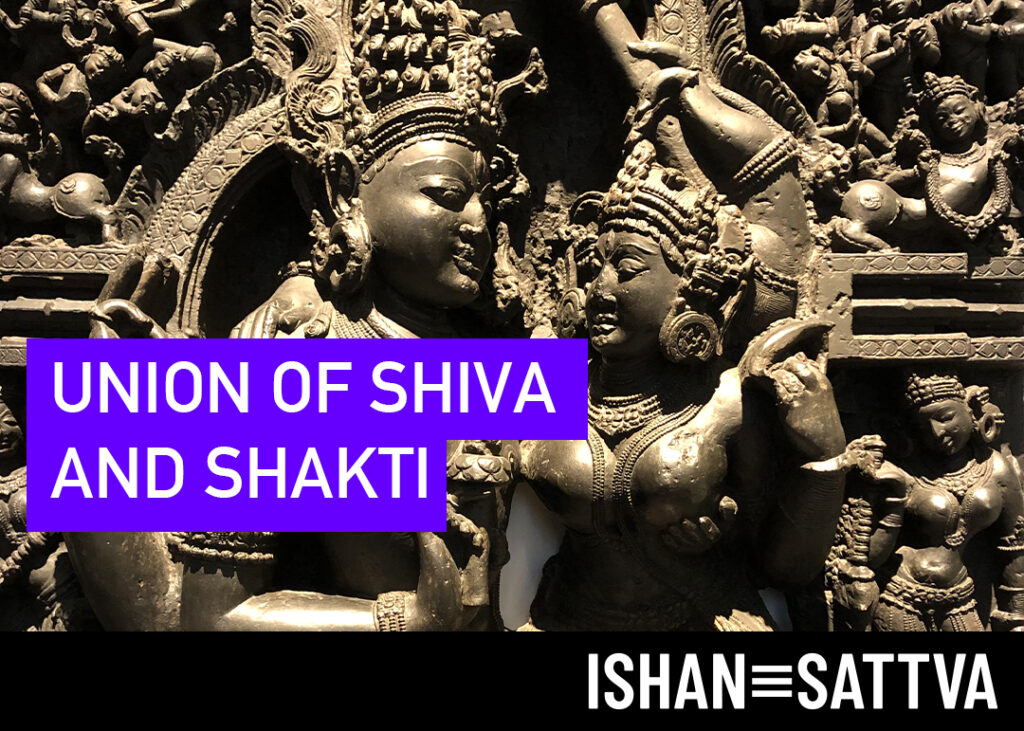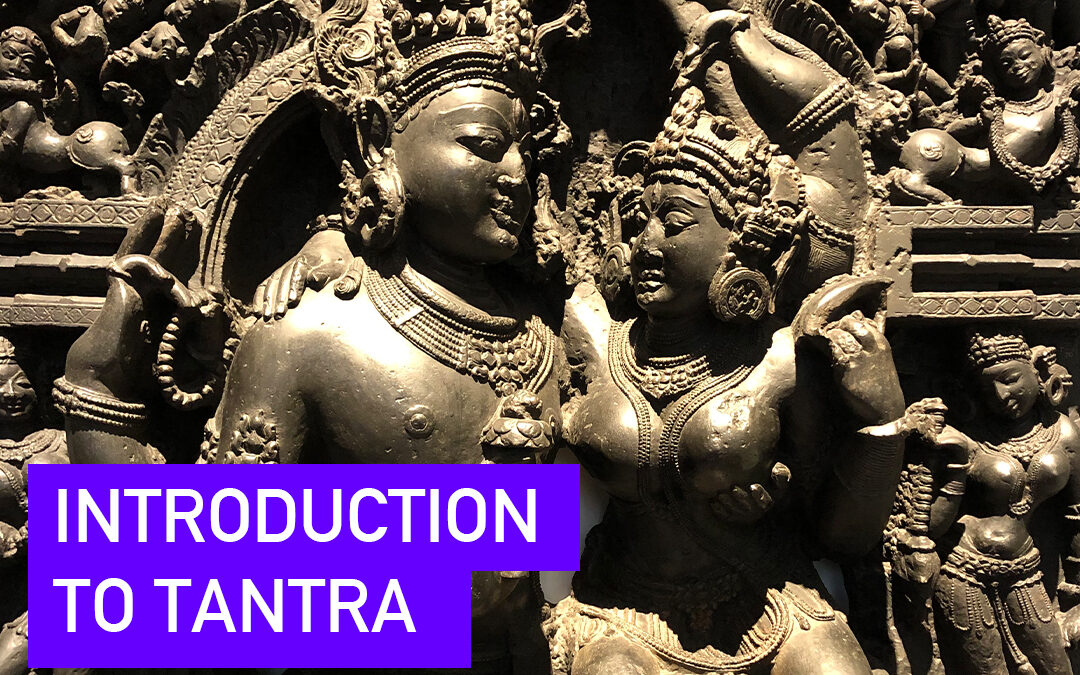What is Tantra? Here is an introduction to Tantra. Hi all, greetings to you in the auspicious month of Kartik. I will share regular articles and reflections on Tantra, my journey as a healer and client case studies.
The Sanskrit word Tantra refers to an instructional religious text, system or doctrine that originated around the 6th century CE in India. The name derives from the root “Tan” meaning ‘to weave’, ‘extend’ or ‘compose’, the wider tradition of Tantra ‘wove’ together various rituals and practices propounding Tantra shastra (the teaching of the Tantras). These Tantras were presented as the divine revelations of Gods and Goddesses.
The geographical origins of this tradition are unclear. Still, eastern India (Bengal and Assam) and the northwest (Kashmir) were important early centres where Tantras were composed, most of them from the 8th century onwards.
Tantra has been a subject of great fascination for centuries. However, it has been misunderstood, particularly in the West, where it is interpreted as a hedonistic guide to sex. Although the erotic does play a part in Tantra, it is part of a wider philosophy of ritual transgression.

Shakti is not to be messed around with or taken lightly!
The Tantric texts all focus on various effective ritual practices (Sadhanas) for spiritual enlightenment alongside supernatural powers. These rituals should always be practised and learnt from a spiritual master; otherwise, they can be highly dangerous. So please be careful of what you consume online and see elsewhere in society, like going to kundalini awakening, sound baths, and many other new-age money-making practices that use these keywords to attract audiences to make money. Most practitioners that run these services are not spiritually qualified to do so and can cause significant damage if a Tantric guru or teacher hasn’t initiated them. Always check the level of training, experience and where they have learnt that particular skill set.
Tantra is a movement that infiltrated and transformed the orthodox views of religious traditions, especially Hinduism and Buddhism.
The rise of Tantra coincided with the three major traditions within Hinduism, each revering one of these deities as the supreme manifestation of the divine; Vaishnavism (centring on Lord Vishnu), Shaivism (centring on Shiva) and Shaktism (centring on Shakti). Tantric teachings first arose among nonconformist devotees of Shiva and Shakti.

Tantra and Buddhism
By the 7th century, Buddhism had drawn on and adapted Tantric ideas. After the death of Buddha, monks and nuns still carried on preaching, but a new school of thought developed those teachings in different ways. One of the first scriptures which are closest to the original teachings was the Theravada (Teaching of the Elders) tradition, which focuses on the body to attain spiritual liberation. Between 150 BCE to 100 CE, a new tradition appeared called the Mahayana (Great Vehicle), which cultivated devotion to Buddhist deities and Bodhisattvas. The Tantric tradition known as the Vajrayana (Thunderbold Vehicle) contained the core teachings of Buddha and the Mahayana but promised infinitely more powerful and practical methods to achieve enlightenment.
The Tantric movement then rapidly spread across the subcontinent via travelling monks, teachers and merchants to become a mainstream, pan-Indian movement (in Hinduism and Buddhism) around the 9th to 10th centuries.
More to be continued in the next article!
Thank you for taking the time to read this. Please engage with me via the contact page, as this is a core passion of mine.


Recent Comments